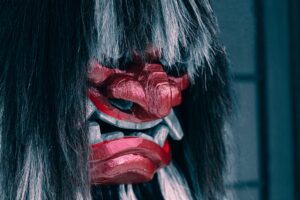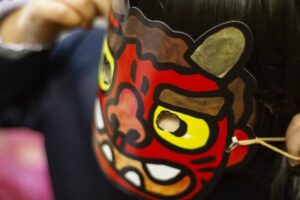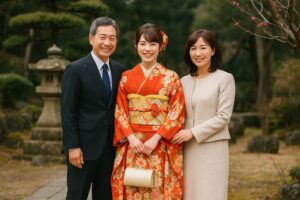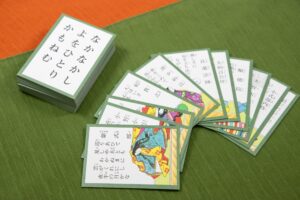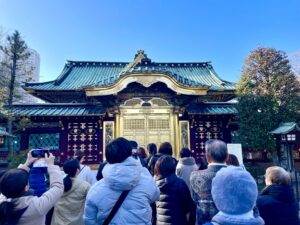Setsubun, a traditional Japanese festival celebrated on February 3rd, marks the transition from winter to spring. This vibrant event is best known for its unique bean-throwing ritual, symbolizing the expulsion of evil spirits and inviting good fortune. Participants, both young and old, shout “Oni wa soto! Fuku wa uchi!” which translates to “Demons out! Luck in!” This article delves into the history, customs, modern celebrations, and cultural significance of Setsubun, offering insights for both locals and visitors.
What is Setsubun?
Setsubun translates to “seasonal division,” signifying the end of winter and the beginning of spring according to the lunar calendar. Historically, this festival was part of a larger set of rituals associated with the changing seasons in Japan. The practice of throwing beans, known as “mame-maki,” originated in the Muromachi period (1336-1573) as a means to purify the home and drive away evil spirits, or “oni.” The beans, representing vitality and the power to cleanse, are believed to have the strength to repel these malevolent forces, thus ensuring a prosperous and healthy new season.
Traditional Setsubun Celebrations
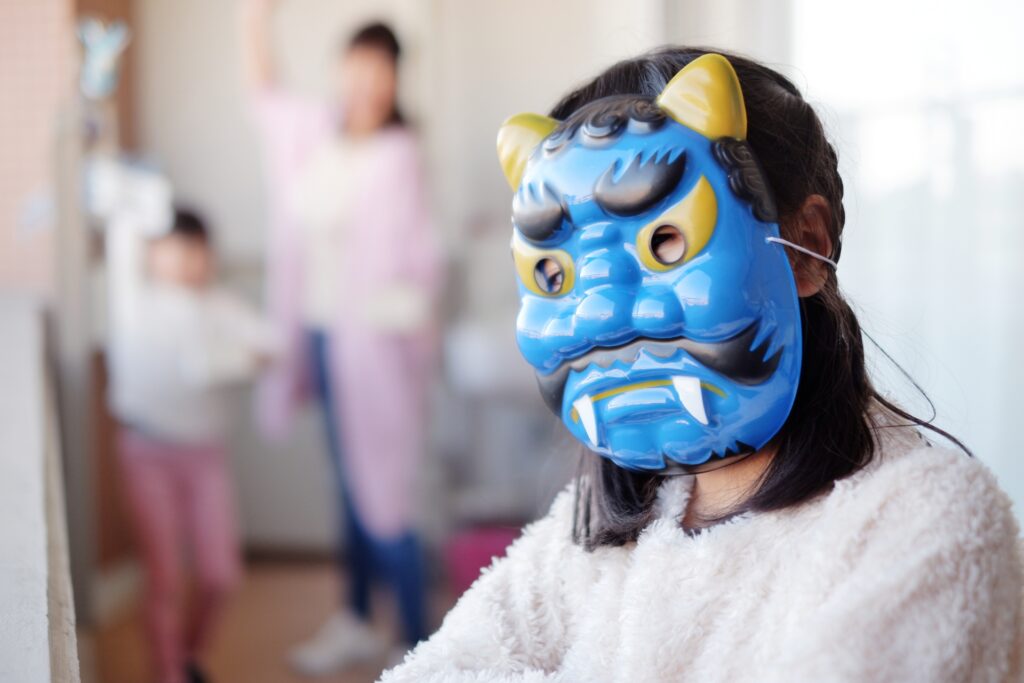
Traditional Setsubun celebrations revolve around the act of mame-maki, or bean-throwing. This ritual is typically performed by the head of the household, often dressed in a demon mask, while family members throw roasted soybeans at them, chanting “Oni wa soto! Fuku wa uchi!” In addition to bean-throwing, it is customary to eat the same number of beans as one’s age to bring good health. Another popular Setsubun tradition involves eating Eho-maki, a type of sushi roll. This practice, which began in the Kansai region, involves eating the roll in silence while facing the year’s “lucky direction,” which changes annually based on the Chinese zodiac.
Setsubun in Modern Japan
In contemporary Japan, Setsubun celebrations have evolved, especially in urban areas where large-scale public events are common. Major temples and shrines, such as Tokyo’s Sensoji Temple and Kyoto’s Yasaka Shrine, hold grand mame-maki ceremonies where celebrities or sumo wrestlers throw beans to large crowds. These events are often accompanied by additional festivities, including dance performances and the distribution of lucky charms. While traditional customs persist, some households now use packaged beans or chocolate-covered beans as an alternative.
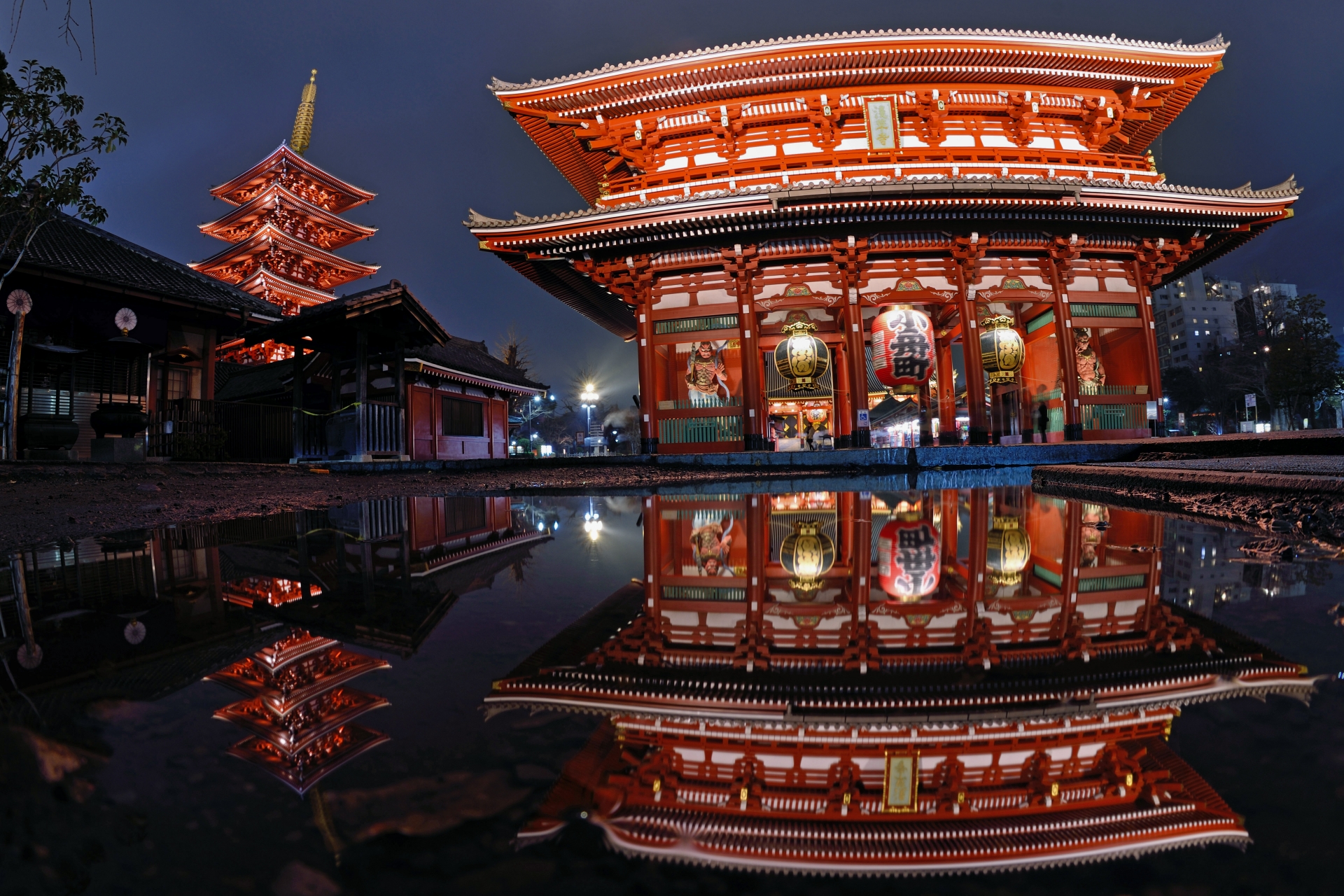
Participating in Setsubun: A Guide for Tourists
For tourists wishing to experience Setsubun, visiting temples and shrines during the festival offers an authentic glimpse into this cultural tradition. Notable venues include the Naritasan Shinshoji Temple in Chiba and the Heian Shrine in Kyoto, where visitors can participate in bean-throwing events and enjoy vibrant parades. It is essential for tourists to observe local customs respectfully, such as following the directions given during rituals and being mindful of the spiritual significance of the events. Engaging with locals, trying Eho-maki, and taking part in the chanting can enrich the experience.
Setsubun Foods and Recipes
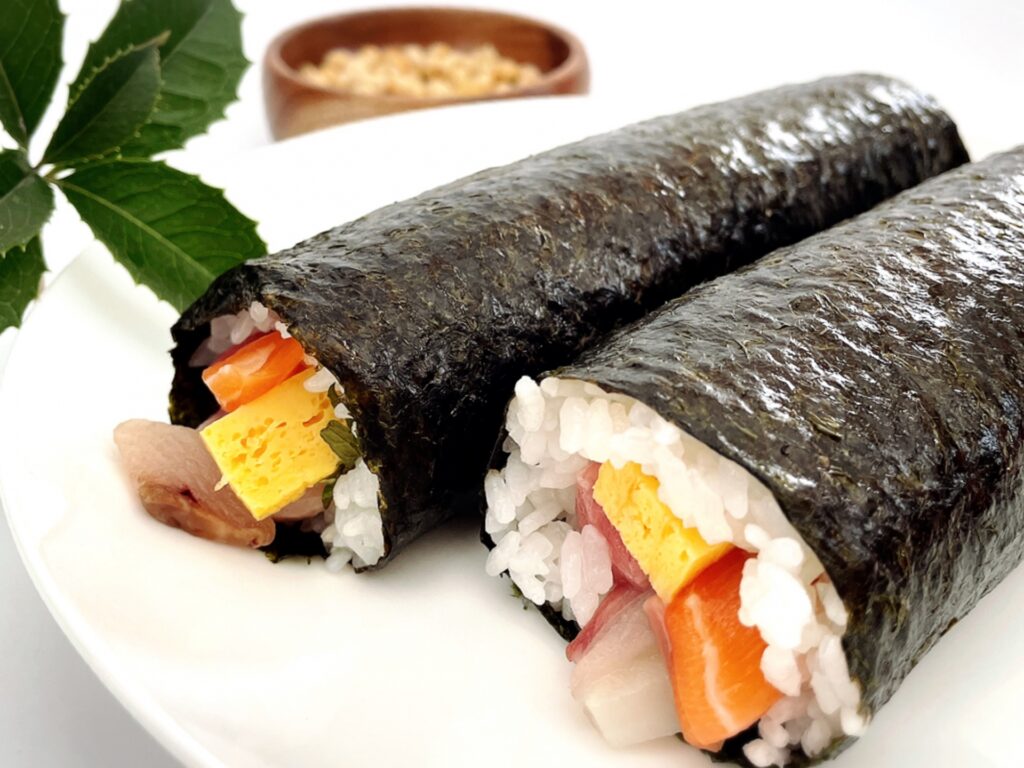
Setsubun is not only about rituals but also about food. Eho-maki, a large sushi roll filled with various ingredients like egg, cucumber, and eel, is a must-try. Traditionally, Eho-maki is eaten in silence while facing the year’s lucky direction, believed to bring health and happiness. To make Eho-maki at home, prepare a sheet of nori (seaweed), spread sushi rice over it, add fillings of choice, and roll it up tightly. Enjoying this roll as part of the Setsubun celebrations connects participants to the ancient practices of invoking good fortune.
The Symbolism of Beans and Demons
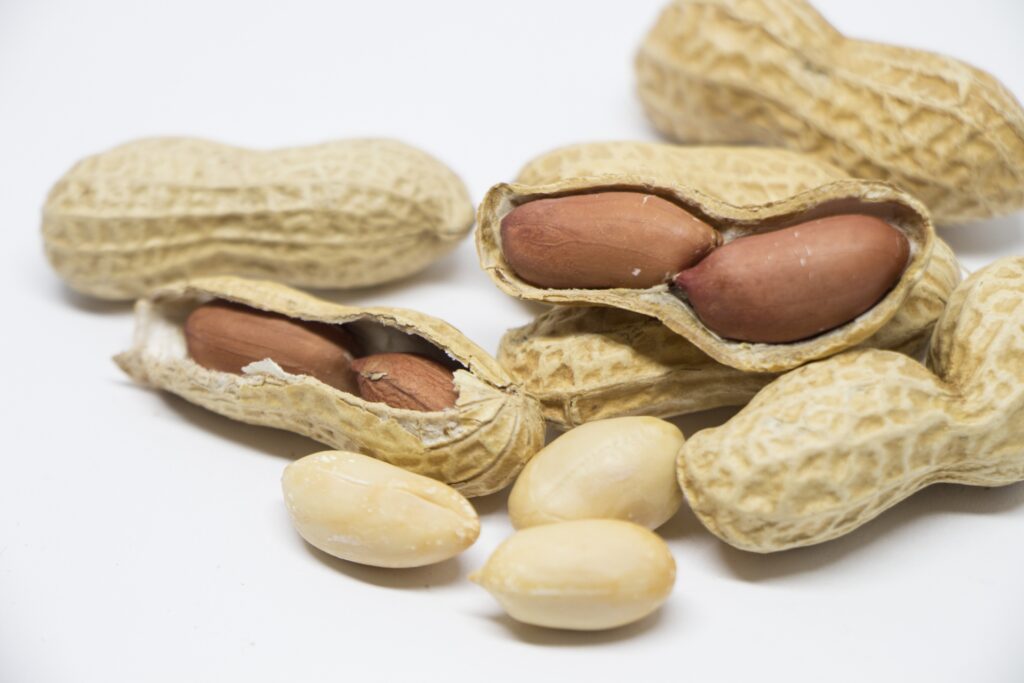
The act of throwing beans during Setsubun is deeply symbolic. In Japanese folklore, beans are believed to possess a life force strong enough to ward off evil. The demons, or “oni,” represent misfortune and are depicted with fierce appearances to embody negative influences. By casting beans at these oni, participants metaphorically cast away their own bad luck, paving the way for a prosperous year. This practice resonates with other Japanese customs that emphasize purification and renewal, such as the use of salt to cleanse spaces.
Setsubun Around the World
Setsubun is celebrated not only in Japan but also by Japanese communities abroad. In countries with significant Japanese populations, such as the United States, Canada, and Brazil, Setsubun events are organized by cultural centers, temples, and community groups. These celebrations often blend traditional rituals with local customs, creating unique adaptations. For instance, Japanese expatriates may incorporate local ingredients into Eho-maki or hold bean-throwing events in public spaces to share their culture with the broader community.
Setsubun for Kids: Fun Activities and Lessons
Teaching children about Setsubun can be both educational and enjoyable. Crafting paper oni masks, organizing small bean-throwing games, and sharing stories about the origins of Setsubun help kids understand its cultural importance. Educators can use these activities to introduce broader themes of seasonal change, cultural heritage, and the value of traditions. Setsubun offers an opportunity for children to learn about the balance of good and evil and the importance of rituals in maintaining harmony.
Setsubun and Environmental Awareness
In recent years, environmental concerns have influenced how Setsubun is celebrated, particularly regarding the use of food for rituals. Some argue that the large-scale bean-throwing events at temples may lead to waste. In response, certain temples and communities have adopted alternatives, such as using small packets of beans that can be taken home or planting seeds as a symbol of growth and renewal. These practices reflect a growing awareness of sustainability and the importance of adapting traditional customs to contemporary values.
Conclusion
Setsubun is a rich and dynamic festival that blends history, culture, and community. By understanding its origins, participating in its rituals, and exploring its modern adaptations, both locals and visitors can appreciate the depth of this celebration. Whether throwing beans to ward off evil spirits, enjoying Eho-maki, or teaching the next generation about the importance of tradition, Setsubun remains a vital and cherished part of Japanese culture.





